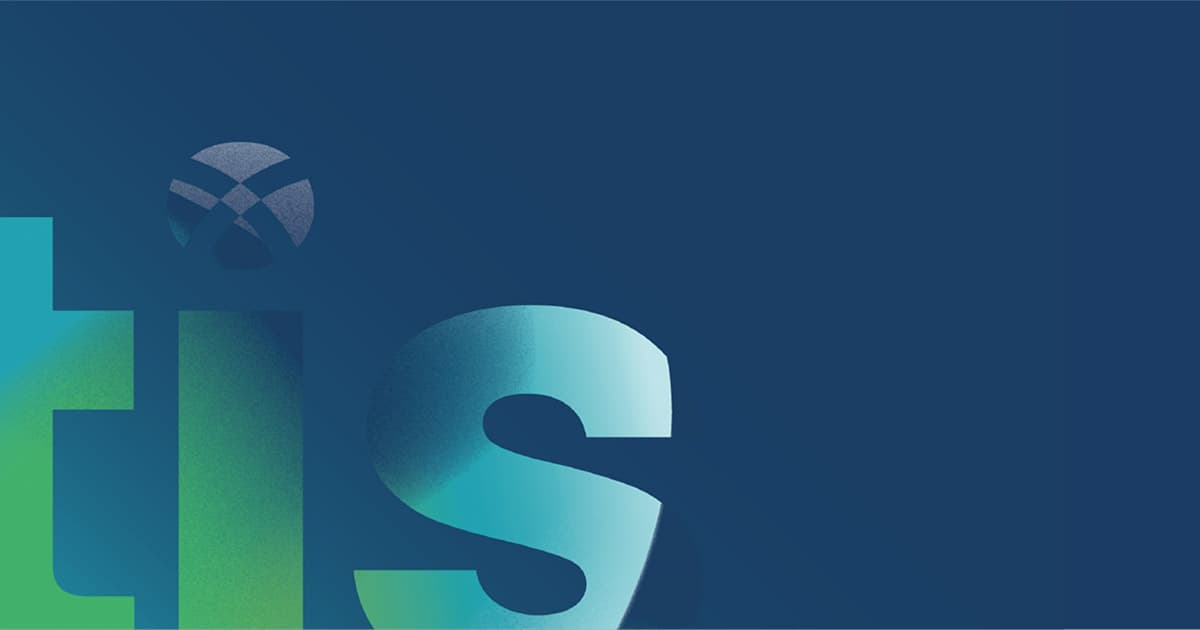Why Vendor Screening Should be a Crucial Component of Treasury’s Payment Security Strategy
Payment processes can be susceptible to threats, fraud, and disruptions throughout the entire payment chain. As it’s widely known, the rapid shift to remote processes during the pandemic has not only accelerated the frequency of fraud attempts on corporate payments but also introduced new and intricate schemes. In fact, a staggering 73% of organizations were victims of a spoof email account or website – where fraudsters forge email header elements to trick users into thinking they are interacting with a trusted source – in 2022, as reported by the 2023 AFP Payments Fraud and Control Survey Report. The rise of Generative AI tools will likely further increase the sophistication of such fraud attacks.
To address these challenges, it is crucial for corporations to implement robust security measures based on the latest cloud technology across all gateways and potential points of attack during the whole payment process, from the invoice and master data level to the final execution of the payments. A key element is connectivity: automated data exchange and processes minimize human involvement, which is the primary point of vantage for vulnerabilities.
As a central hub for all of any company’s global payments, TIS provides seamless connectivity between back-office systems and banks. Manual intervention is reduced to a minimum. Secure workflows, defined roles and rights, audit trail monitoring, machine learning supported data preparation and aggregation, and a multi-layered security approach add up to increased overall payment security. In addition, TIS provides various solutions to enhance payment security in global payment processes even more, such as Sanctions Screening, Payee Community Screening, Blocklisting and Whitelisting – and, as the
newest addition to these security measures, the Vendor Screening.
Learn more about these capabilities by downloading the full factsheet below!


